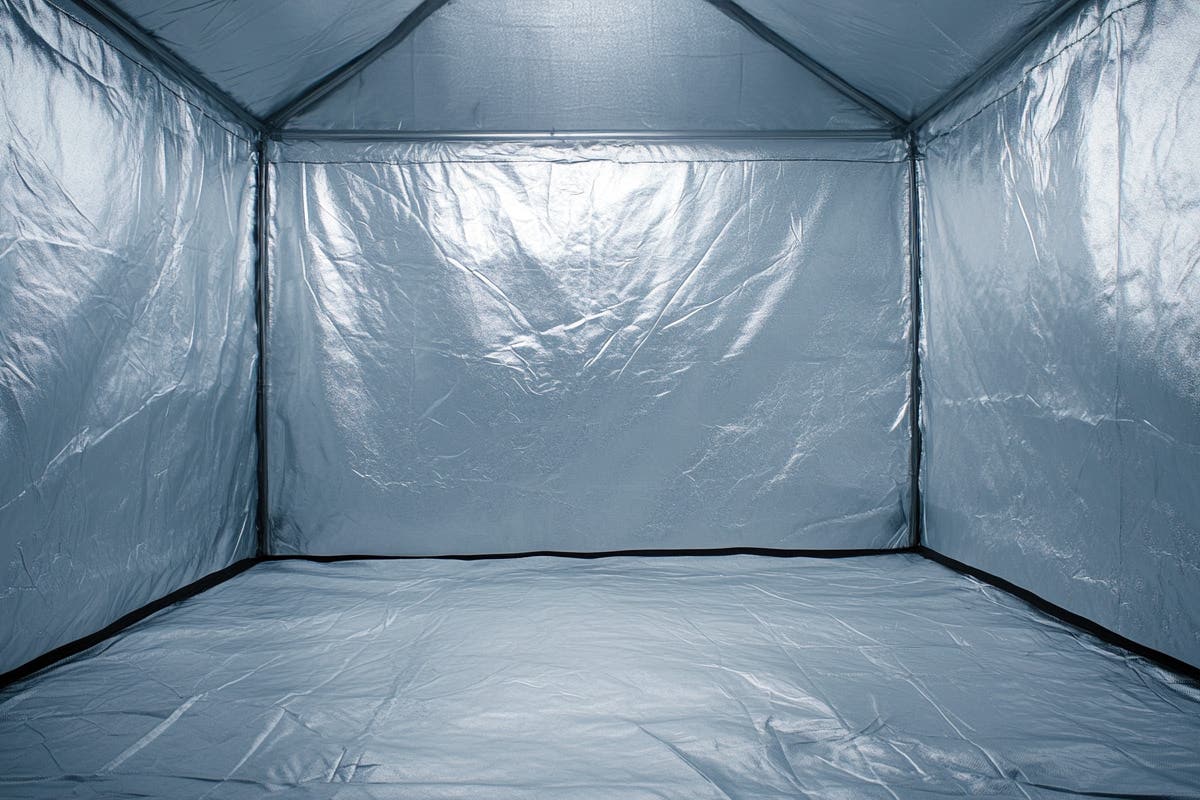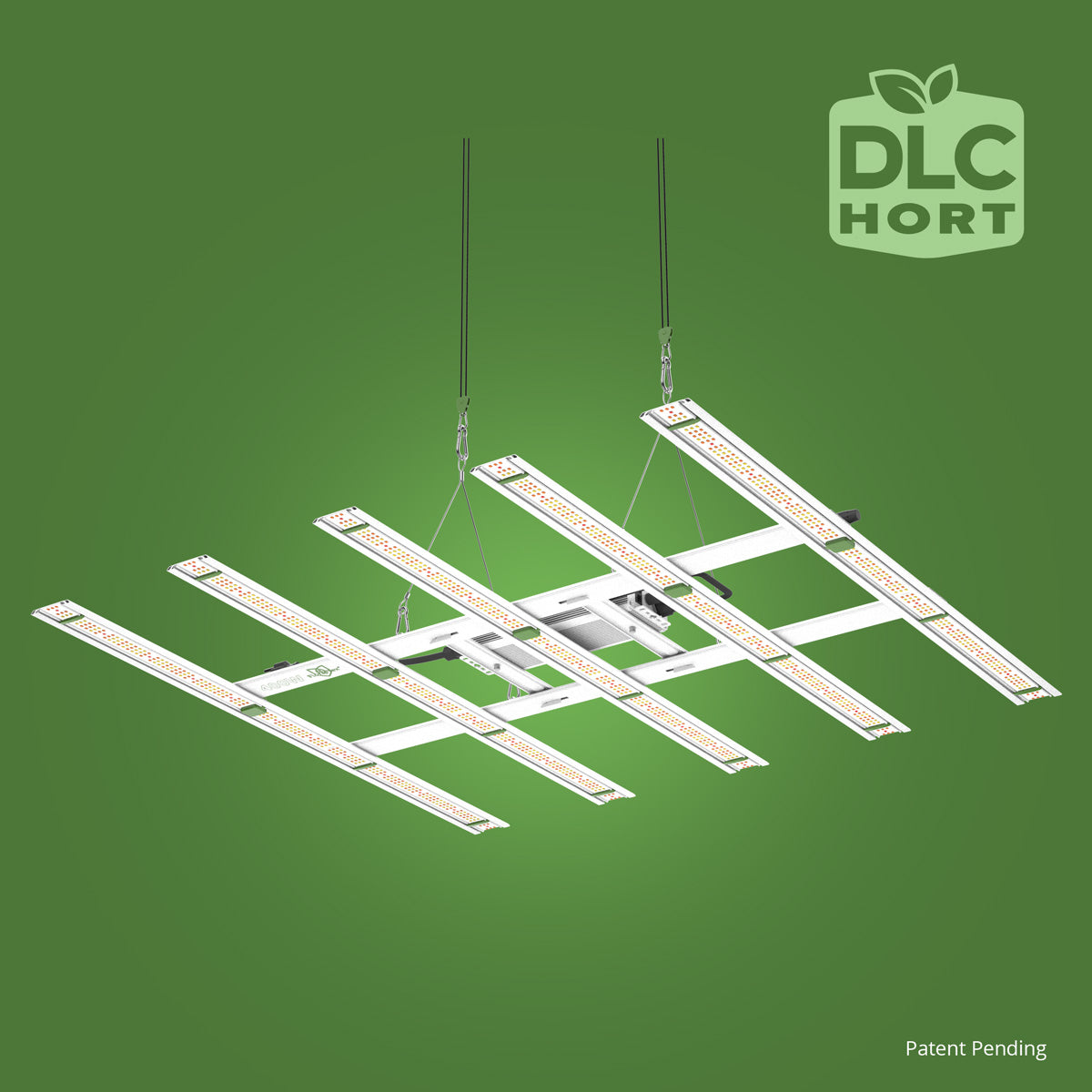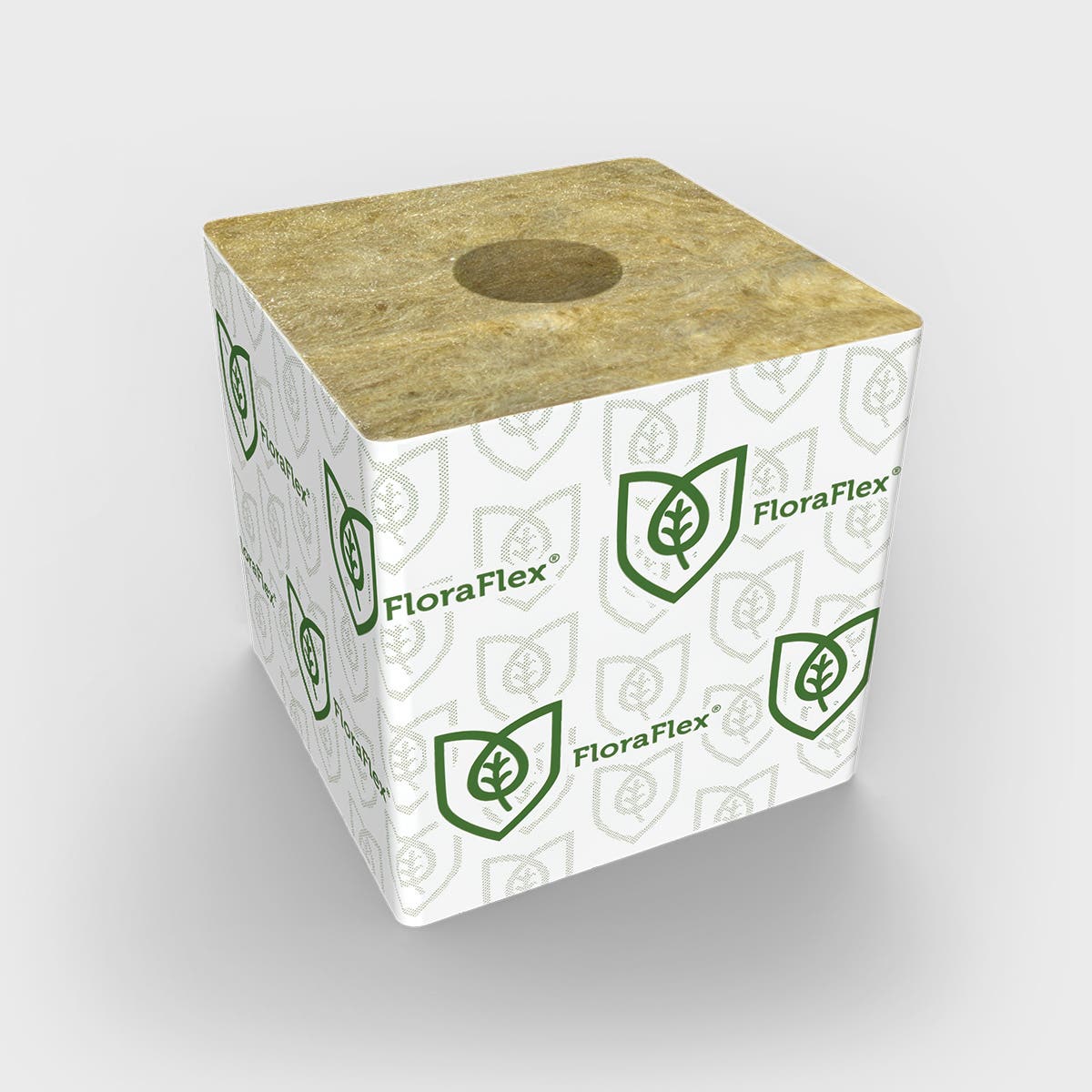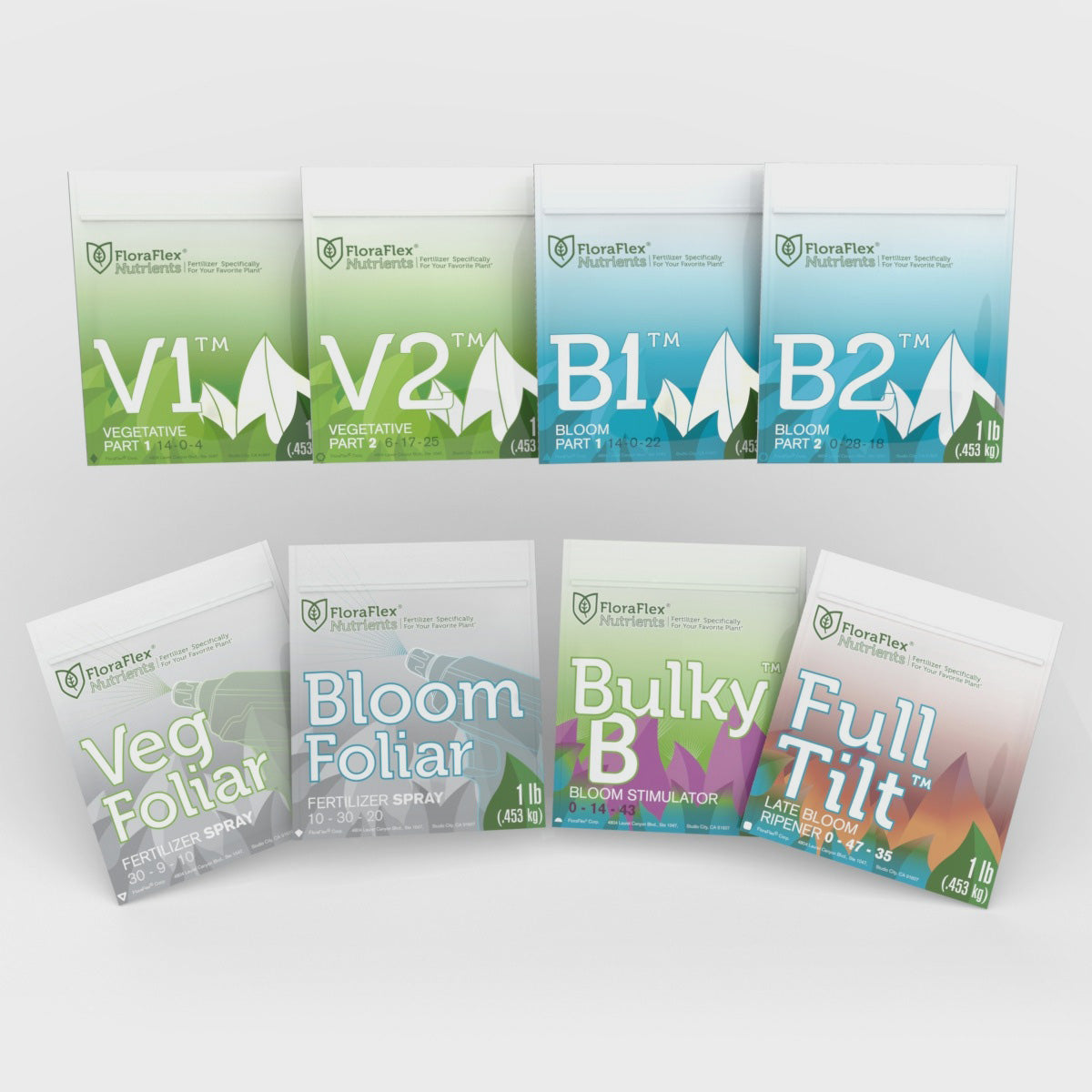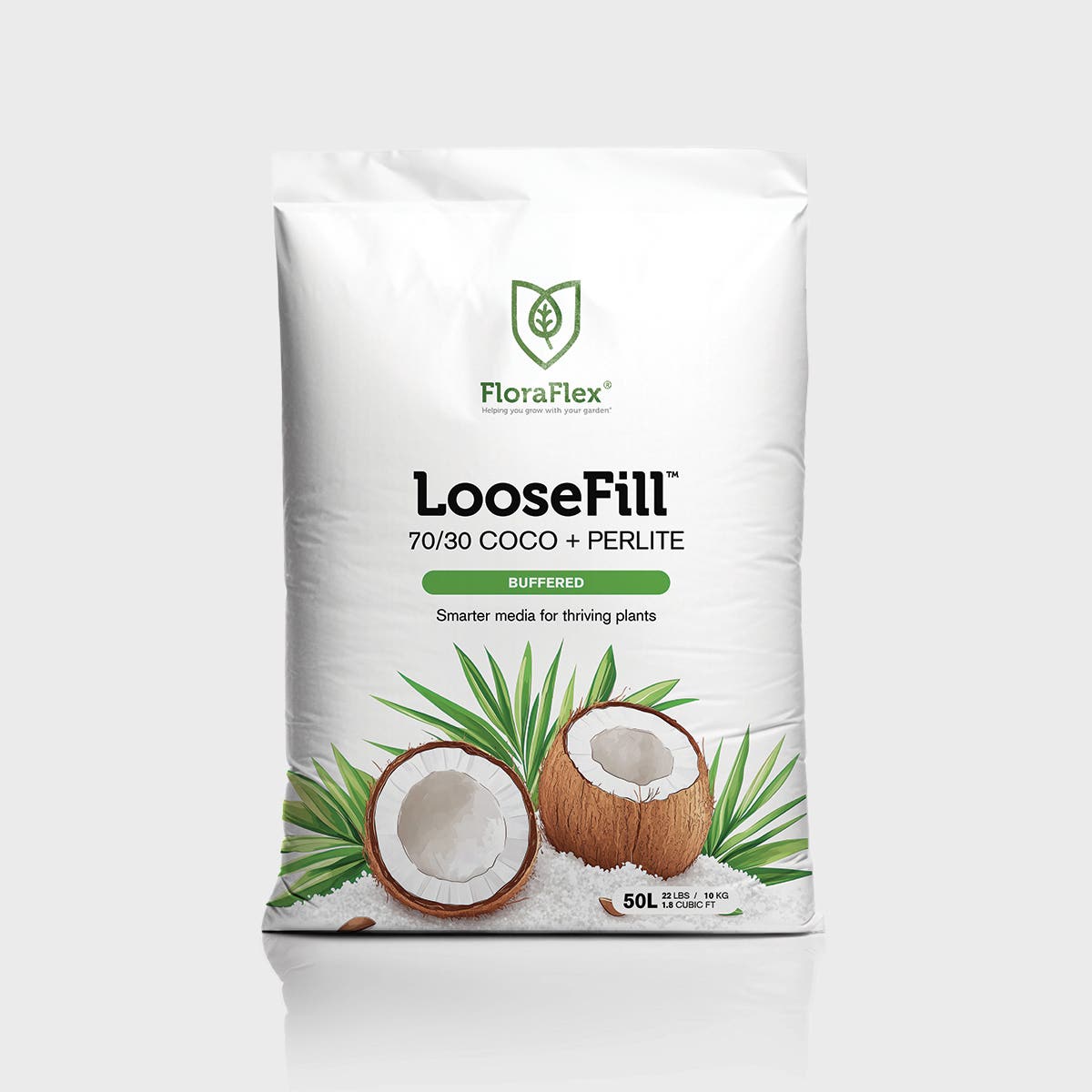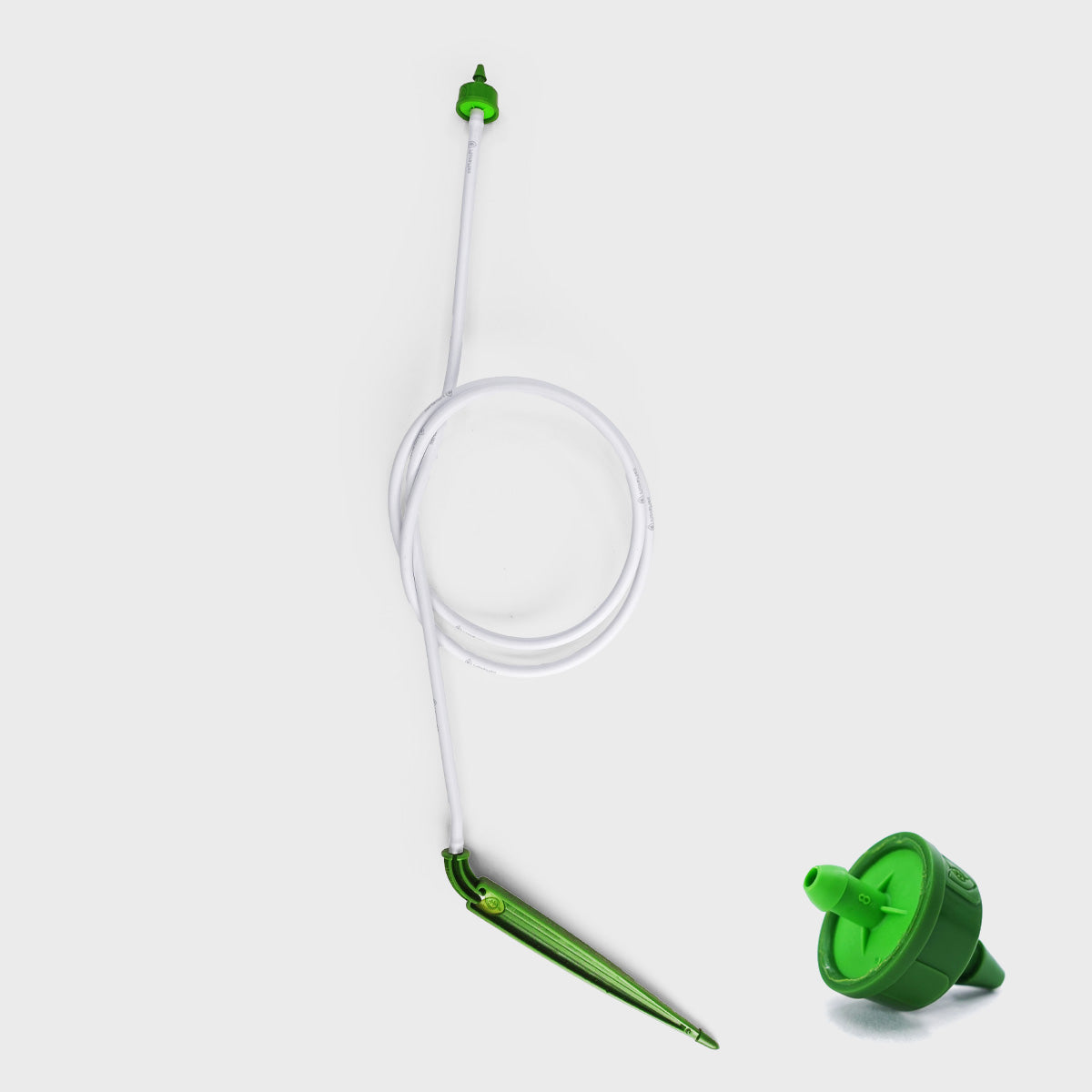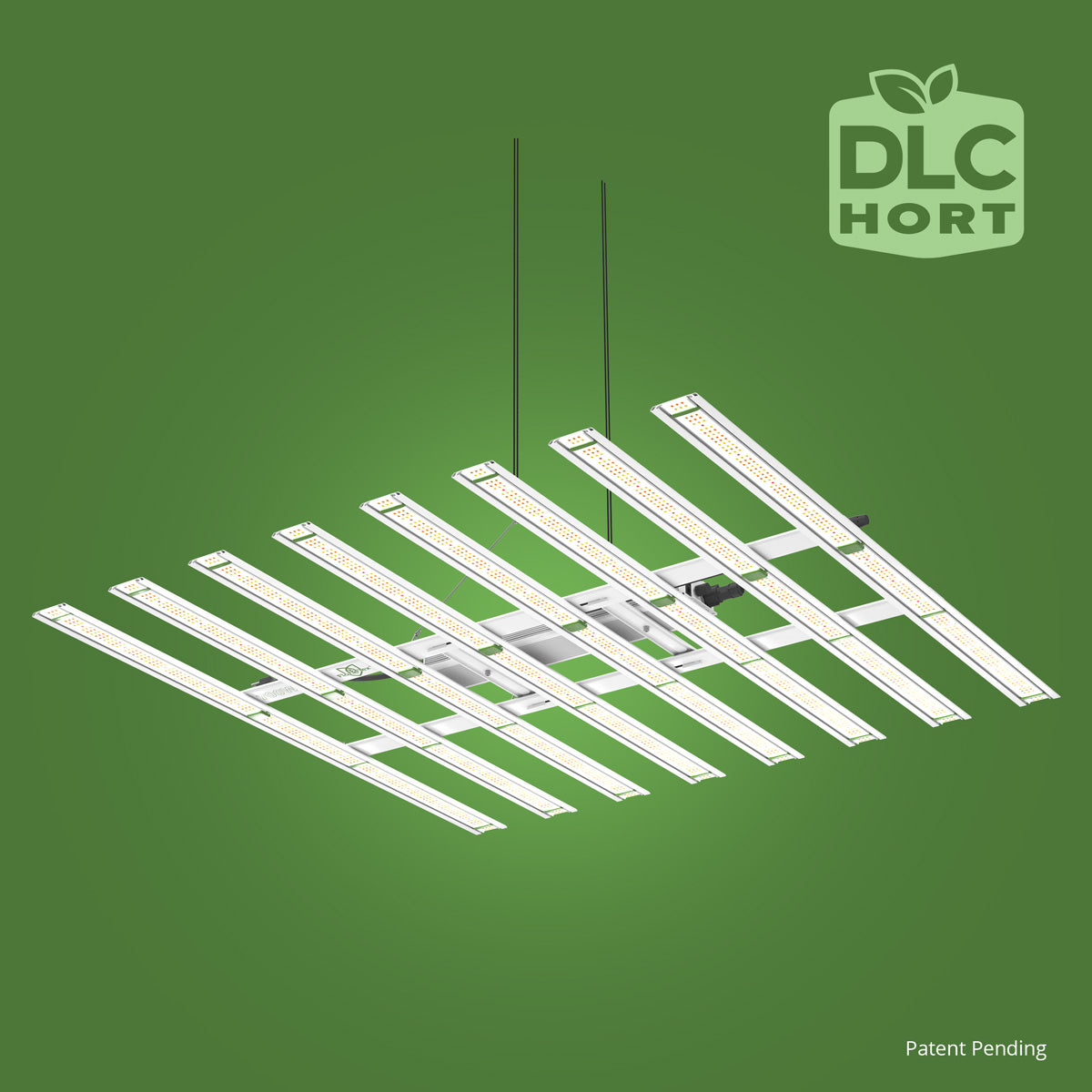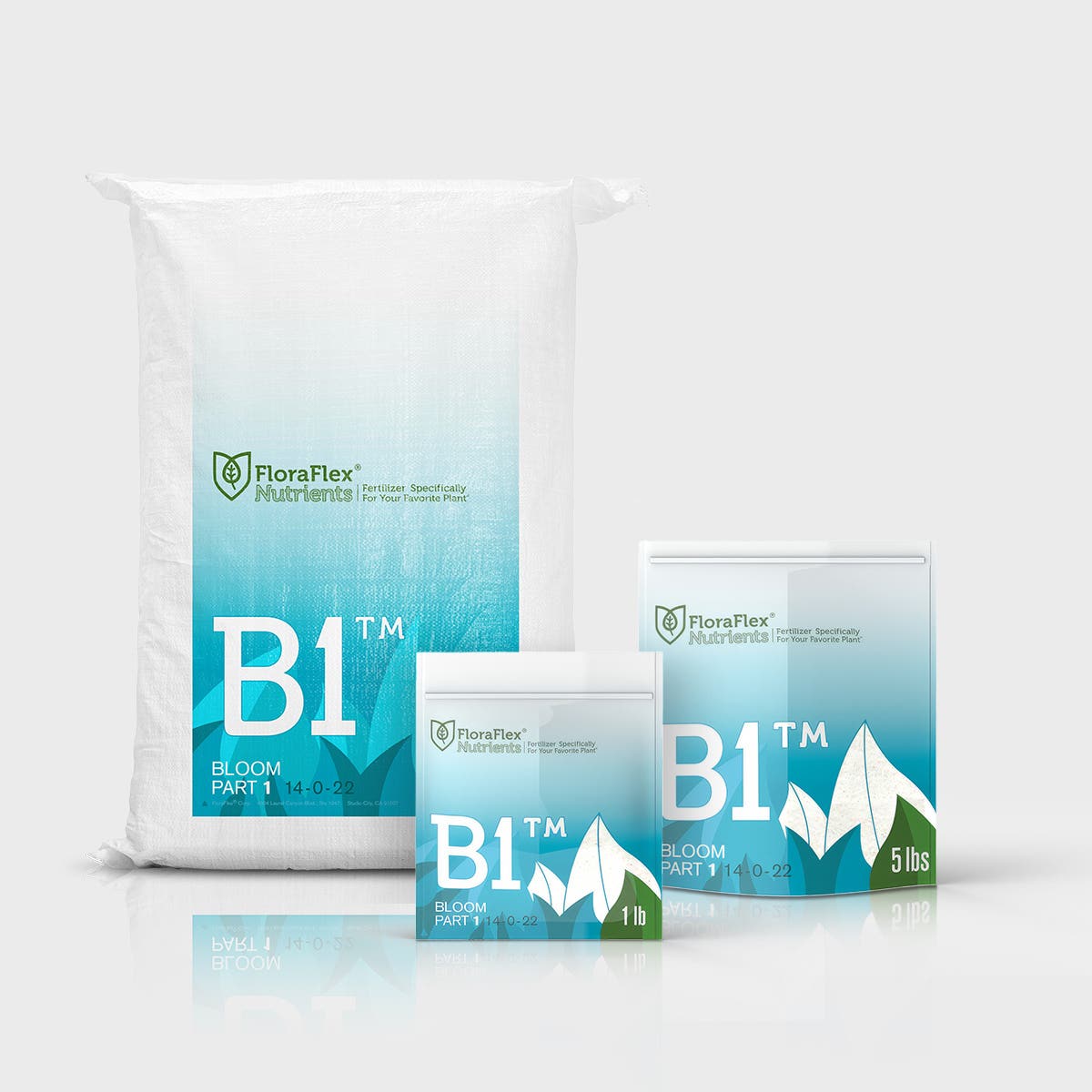Cultivating cannabis is an art that requires patience, dedication, and careful attention to detail. While growers focus on providing the ideal environment and nutrients for their plants, they must also be vigilant against potential threats like bugs and pests. These unwanted visitors can quickly spread and cause significant damage if left untreated. In this blog post, we will explore the importance of identifying cannabis bugs and pests, discuss effective prevention strategies, and provide treatment options to ensure a healthy and thriving garden.
Identifying Cannabis Bugs and Pests
To effectively combat bugs and pests, it's crucial to be able to identify them accurately. Here are some common bugs and pests that can infest cannabis plants:
-
Spider Mites: These tiny arachnids can cause extensive damage by piercing plant tissues and sucking out the sap, resulting in yellowing leaves, webbing, and stunted growth.
-
Aphids: Aphids are small, soft-bodied insects that feed on the sap of cannabis plants, causing distorted growth, curling leaves, and the secretion of sticky honeydew.
-
Whiteflies: These tiny insects resemble small moths and are typically found on the undersides of leaves. They can cause yellowing leaves, stunted growth, and the spread of viral diseases.
-
Thrips: Thrips are slender, winged insects that feed on cannabis leaves, causing silvering or bronzing of the foliage and scarring on flowers.
-
Fungus Gnats: These small, black flies lay their eggs in moist soil. The larvae feed on the roots, leading to weakened plants and an increased risk of fungal diseases.
Prevention Strategies for Cannabis Bugs and Pests
Preventing bugs and pests from infesting your cannabis garden is crucial for maintaining healthy plants. Here are some effective prevention strategies:
-
Cleanliness and Sanitation: Start with a clean growing environment by removing any debris, dead plant matter, or weeds that may attract pests. Regularly clean your tools, containers, and grow area to minimize the risk of infestations.
-
Quarantine New Plants: Before introducing new plants to your garden, thoroughly inspect them for any signs of bugs or pests. Isolating new plants for a few days and monitoring them closely can help prevent the introduction of pests to your existing crop.
-
Proper Air Circulation and Ventilation: Good airflow is essential to discourage pests from settling in your garden. Ensure adequate ventilation in your grow space to maintain a fresh and dry environment, as many pests thrive in warm and humid conditions.
-
Integrated Pest Management (IPM): Implementing an IPM approach involves combining various pest control methods to minimize the use of chemical pesticides. This can include introducing beneficial insects like ladybugs or predatory mites that feed on harmful pests.
Treatment Options for Cannabis Bugs and Pests
Despite the best prevention efforts, it's possible for bugs and pests to find their way into your cannabis garden. Here are some treatment options for dealing with infestations:
-
Organic Pest Control: Consider using organic pest control methods to minimize the impact on the environment and the overall health of your plants. Neem oil, insecticidal soaps, and botanical-based sprays can be effective in managing pests without resorting to harsh chemicals.
-
Manual Removal: For larger infestations or visible pests, manual removal can be an effective option. Carefully inspect your plants and remove any bugs or pests you find by hand. This method is especially useful for larger pests like caterpillars or snails.
-
Biological Controls: Introducing beneficial insects or organisms into your garden can help naturally control pests. Ladybugs, lacewings, and predatory mites are examples of beneficial insects that feed on harmful pests. Nematodes, microscopic organisms, can also be used to target specific pests in the soil.
-
Chemical Pest Control: In severe infestations, when other methods have proven ineffective, you may need to resort to chemical pest control. It's important to choose products specifically labeled for use on cannabis and follow the instructions carefully to ensure the safety of your plants and yourself. However, keep in mind that chemical pesticides should be used as a last resort due to their potential impact on beneficial insects and the environment.
-
Maintaining Plant Health: Keeping your cannabis plants in optimal health is essential for preventing and combatting pests. Ensure proper nutrition, maintain the right temperature and humidity levels, and provide adequate lighting to promote vigorous growth. Healthy plants are better equipped to withstand pest attacks and can recover more effectively.
Dealing with bugs and pests is an inevitable part of cannabis cultivation, but with proper knowledge and proactive measures, you can effectively manage infestations and minimize their impact on your garden. By identifying pests early, implementing preventive strategies, and utilizing various treatment options, you can maintain healthy and thriving cannabis plants throughout their lifecycle.
Remember, prevention is key. Regular monitoring, cleanliness, and maintaining a balanced growing environment will go a long way in preventing pests from becoming a significant issue. However, if an infestation does occur, be prepared to take swift and appropriate action to protect your cannabis plants.
By understanding the importance of early detection, prevention strategies, and treatment options, you can ensure a successful cannabis cultivation experience while keeping bugs and pests at bay.

